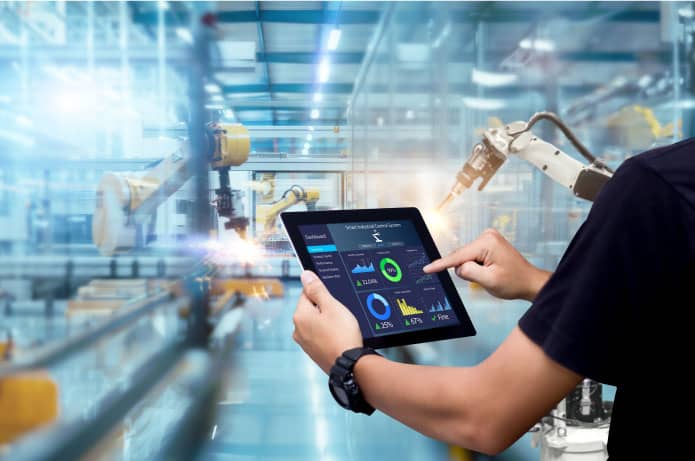Commercial rents in Brazil experienced the highest increase of the decade in 2024 – with companies returning to in-person operations, the real estate sector is recovering from the pandemic years. While it is good on one hand, on the other hand, corporate tenants have to deal with an 8% increase in rents, which exceeds last year's official inflation rate of 4.83%, according to FipeZAP index data, which monitors the cost of office spaces up to 200m2 in 11 major cities.
The sudden demand for larger or better-located commercial spaces has driven up property prices, creating an upward cycle that is unlikely to stabilize anytime soon. Furthermore, the search for properties that meet the new safety and well-being requirements of employees, such as wider circulation areas, improved ventilation systems, and easier access, contributed to the scarcity of offerings and, consequently, to the increase in prices.
The point is that, in the years following the pandemic, several companies drastically reduced their physical space. Returning to in-person operations means that companies will need to reallocate people without significantly resizing the space, as renegotiating the rent price at this time could lead to a substantial increase. The solution to this impasse depends on optimizing the existing space, which could range from an internal layout change to the relocation of physical documents.
Solutions for lack of space
According to AIIM – Association for Information and Image Management, between 10% and 30% of an office space can be occupied by physical document storage.
In this context, we have seen that many companies adopt outsourcing of document management as an alternative. Historically, many companies kept large physical archives in their offices – and, although some of these archives have been digitized or outsourced after the pandemic, many organizations still maintain these physical files. The demand for these services remains high.
Companies specialized in document management offer robust services in digitization, storage, and document management, ensuring security, accessibility, and compliance with local and international regulations. In addition to freeing up physical space in offices, outsourcing document storage provides a series of additional benefits, such as reducing costs associated with file maintenance, increasing efficiency in accessing and sharing information, and mitigating risks related to the loss or damage of physical documents.
Indeed, digital transformation has been one of the greatest allies in optimizing spaces and reducing operational costs. With increasingly advanced technologies, document digitization not only facilitates access and sharing of information but also enhances data security, minimizing the risk of losses due to natural disasters, fires, or thefts. The implementation of electronic document management systems (EDMS) allows companies to centralize their information on secure platforms accessible remotely, promoting a more agile and collaborative work environment.
These numbers are particularly relevant when considering the financial impact of rising rents. By freeing up space previously allocated for physical files, companies can reduce the need for larger areas, opting for more compact and, consequently, more economical offices.
Benefits of outsourcing
In addition to the direct financial benefits, outsourcing document custody contributes to the improvement of internal processes. The guard service can also include digitizing the collection, allowing all documents to be organized and accessible via cloud systems, with the necessary security.
Another important point to consider is regulatory compliance. Many companies face challenges in maintaining compliance with storage and data protection regulations, especially with the enactment of the General Data Protection Law (LGPD) in Brazil. A supplier is prepared to ensure that all legal requirements are met, reducing the risk of penalties and damage to reputation. Outsourcing document security has better cost-benefit and offers more operational advantages than increasing physical space.
In summary, outsourcing document storage combined with digitization represents a strategic solution for companies seeking to optimize space, reduce costs, and increase operational efficiency. In addition to promoting a more organized and collaborative work environment, these practices significantly contribute to regulatory compliance and information security, preparing organizations for the challenges of an increasingly competitive and digital market.











